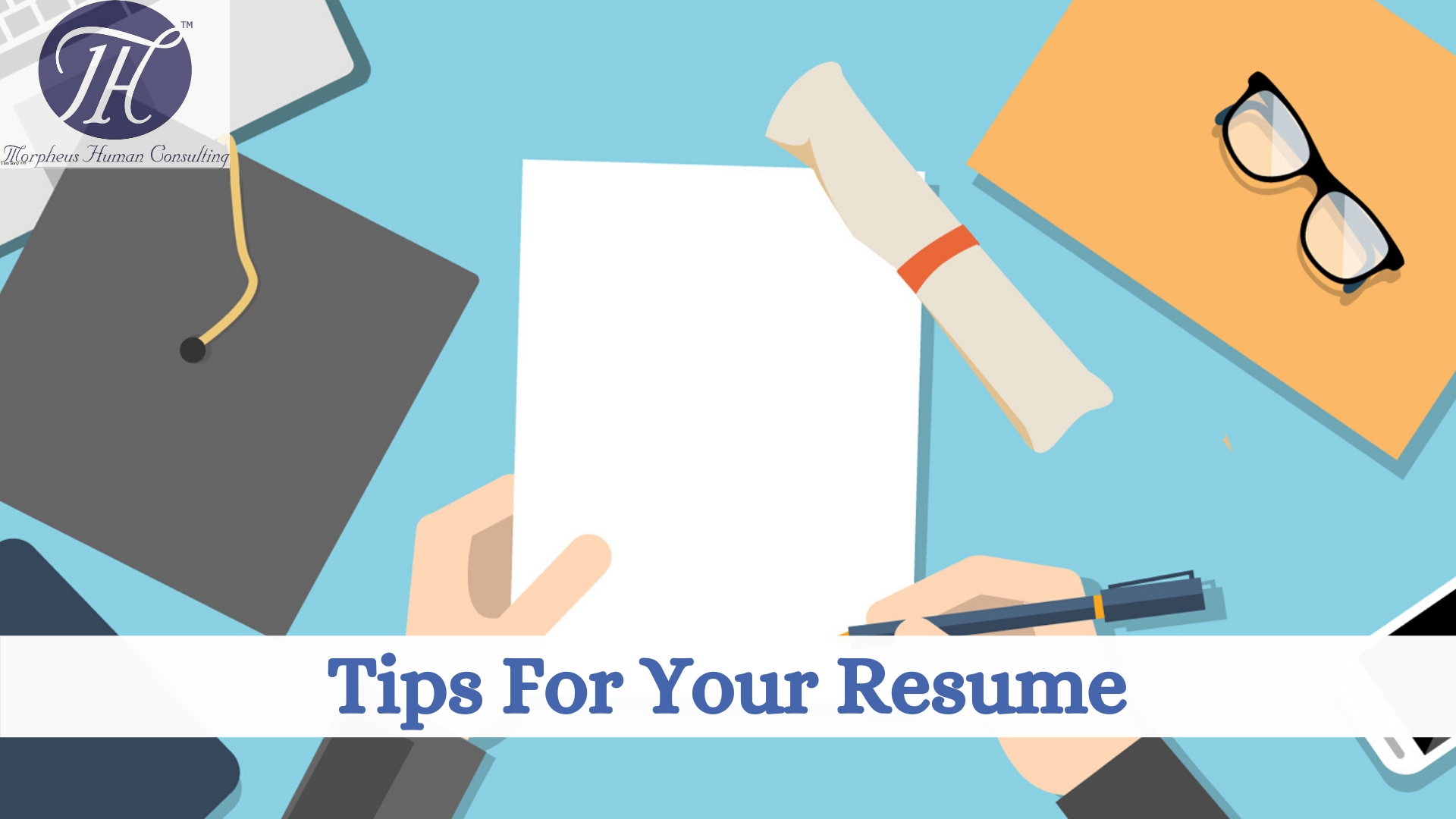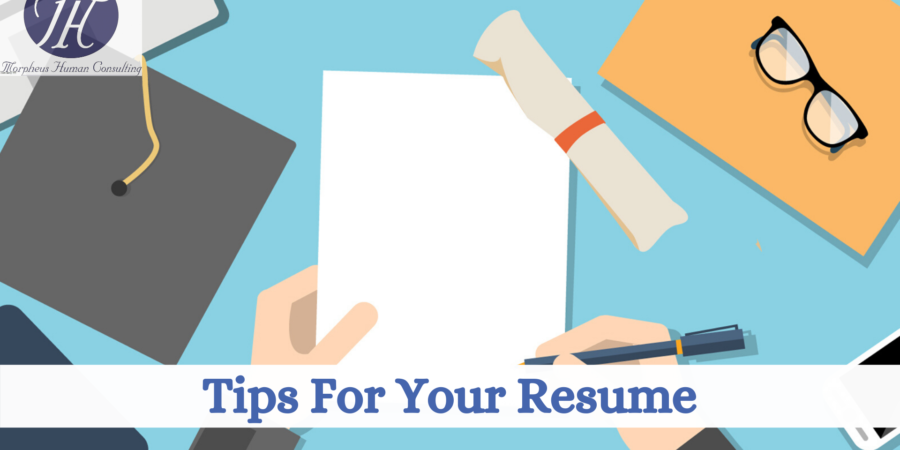Your Step-by-Step Guide to Making the Perfect Resume

Your resume is arguably the most valuable piece of paper for your career. But this document can be daunting for many. Maybe you’re not sure how to fit in all your information onto one page. Maybe you’re not sure about the right way to format and write your resume. Maybe you don’t even know what the heck a resume is!
Whatever your concern, we’ll break down everything you need to know about making the perfect resume, from scratch.
What Is a Resume?
A resume is a summary of your career, whether yours is just getting started or has been going on for years. Coming in at around one page in length (two only under specific circumstances), it showcases the jobs you’ve held and currently hold, the responsibilities you’ve taken on, the skills you’ve developed, and the qualities you bring to the table as an employee. Together, those things make it super easy for any hiring manager to see your qualifications and fit for a role.
- For all the work you may put into writing one, hiring managers actually spend very little time—mere seconds in many cases—looking at your resume. But despite this sad fact, it’s safe to say that creating a great resume (rather than hastily throwing one together) still matters.
- You might be wondering if you can lean on your LinkedIn profile instead of writing a resume. The answer, sadly, is no. Most hiring managers still expect you to submit a resume, even if they also look at your LinkedIn. Even if you don’t need a resume for a job you’re applying for now, you’re going to need one at some point in your career—they’re not anywhere close to going out of style. So it’s best to always have one at the ready should an opportunity pop up.
What Are Employers Looking for in a Resume?
Hiring managers look for three things on your resume, “What did you do? Why did you do it? And what was the result?” “If you can answer all three of these questions in…your resume bullet points, you’re going to be on the right track.”
Clear, easy-to-understand language is key. “The truth is that most resumes make no sense. They are stuffed with jargon, they are too technical, and they are filled with redundancies. Try to read a resume that isn’t yours and you will quickly realize that it feels like an alien wrote it,” Put yourself in the shoes of a recruiter who has no idea how your role works—how can you make your resume accessible to them?
The hiring manager also cares about more than just you and you alone—they care about you in relation to them. “Hiring managers want to see if a candidate matches the requirements” of the role they’re hiring for, “Your resume should paint this picture so the hiring manager not only knows what day-to-day responsibilities you can handle, but why you, above others, bring value to their organization.”
How Do You Write a Resume?
Whether you’re someone who’s never written a resume in your life, or you need a nice, thorough refresher on the process of creating one, follow these steps to go from a blank page to a complete—and dare I say beautiful—document.
1. Pick Your Format
Before you start typing one single thing, you have to decide what you want the overall resume to look like.
In general, you’re most likely to cover and/or include sections on the following:
- Your work experience
- Your non-work experience, including professional organizations, community involvement, or side projects
- Your education and certifications
- Your skills (specifically hard skills) and interests.
So how do you format and organize all of that information?
By far the most common (and safest, if you’re not sure which route to take) option is reverse chronological order. This means you organize your experiences from most recent to least recent. So your work experiences would go above your education, and your current role would go above previous roles you’ve held. This of course has its exceptions—maybe you went back to grad school between jobs, or your most recent role is irrelevant to the job you’re applying for. So the whole page may not be exactly in reverse chronological order depending on your situation. It’s just a guideline.
- There’s also something called a functional or skills-based resume. This is used pretty rarely, mainly with career changers and those with limited or complicated work histories. It gets its name because it’s primarily about listing your skills rather than experiences, and showcases them above your work history and education.
- You can also opt for a combination resume, which is a mix between a reverse chronological resume and skills-based resume. It highlights your skills at the top, but allows just as much room below to cover your job and school experience.
2. Start With Your Basic Information
Your contact information should always go at the top of your resume. In this header you’ll want to include anything that could be helpful for a recruiter to get in touch with you. Usually, this means adding in:
- Your full name (preferably the name you use across the web)
- Your phone number
- Your personal email address
You might also choose to include other basic information, such as your LinkedIn or personal website URL, your GitHub (for technical roles), your social media profiles (if relevant to the job), or your address. If you’re looking to move for a job, you may choose to leave out your address or write “open to relocating” to better your chances of getting an interview.
The key is to make this part as clear as possible. If a hiring manager can’t reach you, there’s no point in perfecting the rest of your resume.
3. Add in Your Work Experience
This section will most likely be the bulk of your resume. Even if you’re changing careers, employers still want to see where you’ve worked, what you’ve done, and the impact of that work to get a sense of your background and expertise.
- Your “Work Experience” might be one entire category, or you might choose to break it up into “Relevant Experience” and “Additional Experience” to highlight the jobs that are most important for hiring managers to focus on. Either way, you’ll almost always want to have your most recent experience at the top and your older experience down below.
- Within your work experience, you’ll want to include each official job title, the company (and possibly its location), and the years you worked there. Below that, you’ll add in two to four bullet points explaining what you did in that job, the skills you built and exercised, the tools you used, and the results of what you did. If you accomplished a lot during your time there, focus on the responsibilities that made the most impact or you’re the most proud of, as well as the ones that best align you with the job you’re applying for (more on that in the following sections). It’s key here to list, if relevant, quantitative as well as qualitative accomplishments.
- Your resume bullets should be in past tense if you’re referring to past jobs and present tense if you’re talking about your current roles. In addition, your bullets should always start with a strong action verb that best describes what you did. And if you have examples of your work, consider hyperlinking them here as well.
If you have a ton of experience and this category is starting to run long (read: over one page), consider kicking out your oldest jobs unless they’re super relevant to the job you’re applying for, or extra impressive for your field.
4.Don’t Forget Your Education
If you’re still in school or just graduated, your education can go at the top of your resume, but for pretty much everyone else, this goes near the bottom. Most people include their school, graduation year (for folks less up to about a decade out of school), major, and degree. Brand-new grads might also write in their GPA, honors and awards, study abroad, thesis, or other notable achievements. But keep this section super simple, as you don’t want it to take up too much space over your work experience.
It’s possible you have unique education experience, such as taking an online course or certification. If you did this specifically as a way to boost yourself within your industry, definitely include it. Again, list everything more or less reverse chronologically—so a grad school degree would go above an undergrad degree, and a more recent relevant online course would go above that.
5.Edit and Refine It
Please, please don’t just write your resume and shoot it out without giving it a second glance. Hiring managers may not spend hours browsing it, but if there’s one thing that sticks out more than anything else it’s a glaring typo.
- The best approach? Write a rough draft, then leave and come back to it later with fresh eyes to give it an edit.
- Cover the basics: Is your contact information correct and updated? Are you using the right verb tenses? Does everything look consistent and accurate in terms of spelling and grammar?
Then do some cutting if your resume’s quite long. It’s no longer a hard-and-fast rule that all resumes must be only one page—but consider it a smart guideline for most applicants, especially if you’ve got less than 10 years work experience. The exception is if you’re very senior or very established in your career; in this scenario, a two-page resume isn’t completely out of the question. Everyone else, read this article for advice on how to cut your resume down.
